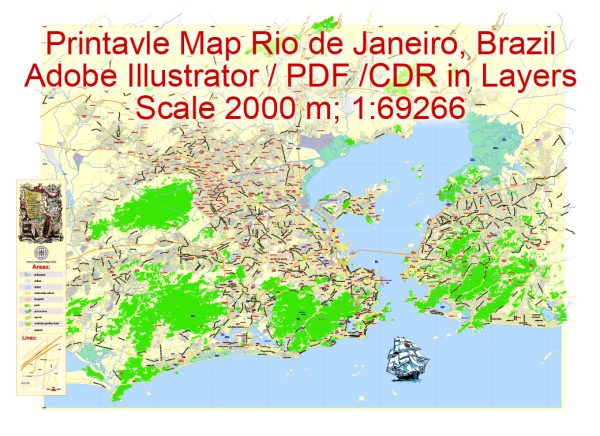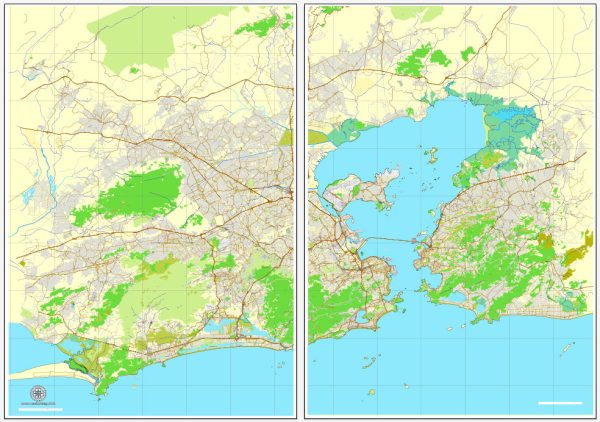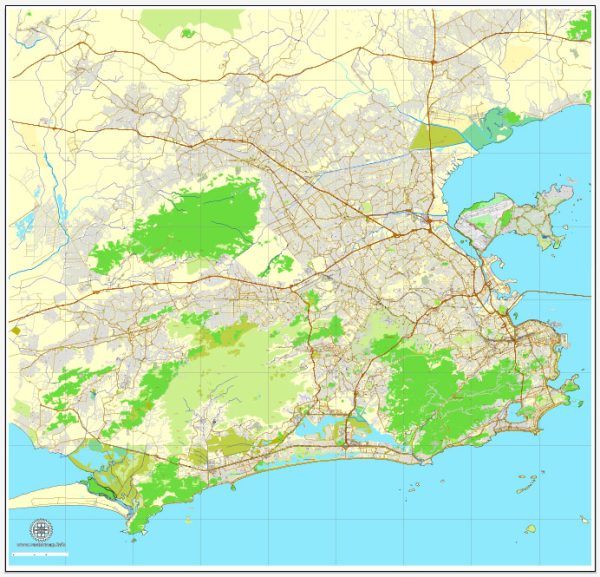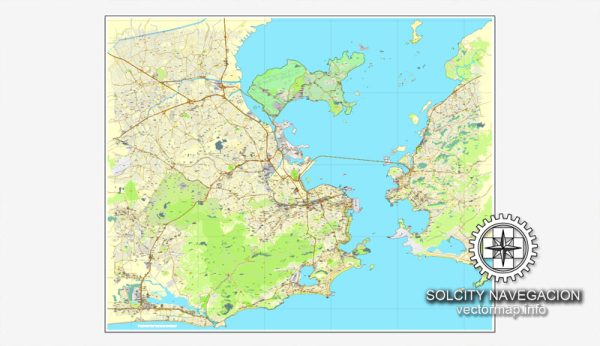Rio de Janeiro, Brazil, has a rich history of urban development that spans several centuries. The city’s evolution has been influenced by a combination of historical, cultural, economic, and geographical factors. Here is an overview of the history of urban development in Rio de Janeiro:
- Colonial Era (16th-18th centuries):
- Rio de Janeiro was founded in 1565 by the Portuguese as a strategic port and fortification to guard against French and other European invasions.
- The city served as the capital of the Captaincy of Rio de Janeiro, attracting settlers engaged in trade, agriculture, and mining.
- The urban layout during this period was centered around the port and the castle, with narrow streets and colonial-style architecture.
- Imperial Era (19th century):
- Rio de Janeiro became the capital of the United Kingdom of Portugal, Brazil, and the Algarves in 1808 when the Portuguese royal family fled from Napoleon’s invasion.
- The city experienced significant growth and transformation during the 19th century. Streets were widened, and public spaces were developed.
- The arrival of immigrants, especially from Europe, contributed to the city’s cultural diversity and influenced architectural styles.
- Republic Era (20th century):
- In 1889, Brazil became a republic, and Rio de Janeiro continued as the capital until 1960.
- The early 20th century saw the implementation of urban reforms, including the construction of the Avenida Central (now Avenida Rio Branco) and improvements in sanitation and transportation.
- The construction of iconic landmarks such as the Christ the Redeemer statue on Corcovado Mountain and the Sugarloaf Mountain cable car occurred during this period.
- Mid-20th Century:
- The transfer of the capital to Brasília in 1960 marked a turning point for Rio de Janeiro. While it led to a decline in political significance, the city continued to grow economically and culturally.
- Favelas (informal settlements) began to emerge on the city’s hillsides, creating a unique aspect of Rio’s urban landscape.
- Late 20th Century to Present:
- Rio de Janeiro faced challenges in the late 20th century, including issues of poverty, crime, and infrastructure.
- Efforts to address urban problems included the Favela-Bairro program, which aimed to improve living conditions in informal settlements.
- Rio de Janeiro underwent major urban transformations in preparation for the 2016 Summer Olympics, including the construction of new sports facilities and transportation infrastructure.
- Urban Challenges and Future Development:
- The city still grapples with social and economic inequalities, and the development of sustainable urban policies remains a priority.
- Ongoing efforts focus on enhancing public transportation, upgrading infrastructure, and addressing issues related to housing and informal settlements.
Rio de Janeiro’s history of urban development reflects its role as a cultural, economic, and political hub in Brazil, with a dynamic interplay of historical influences shaping its diverse and vibrant urban landscape.





 Author: Kirill Shrayber, Ph.D.
Author: Kirill Shrayber, Ph.D.